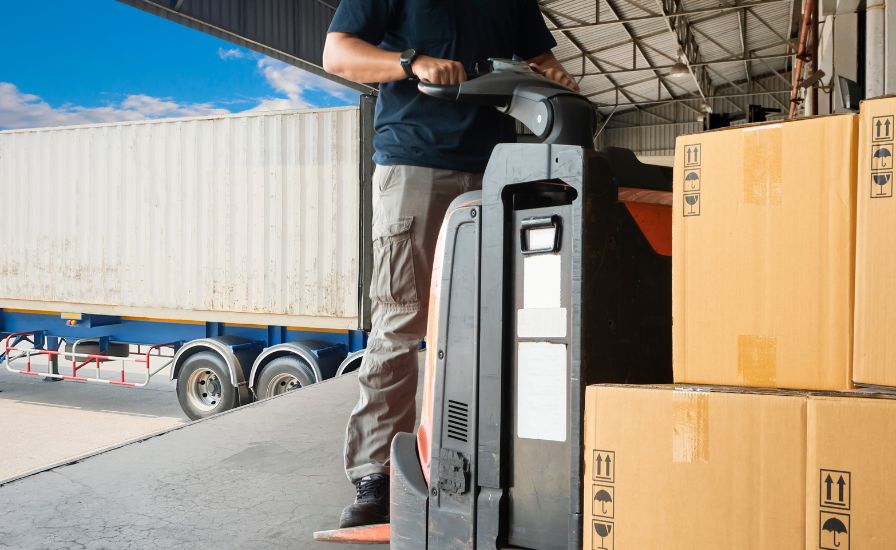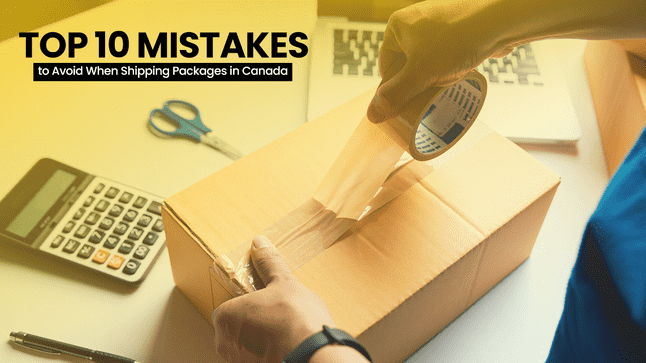In the world of logistics, businesses are continually investigating how to optimize their costs while maintaining speed and efficiency. One solution that’s gaining popularity across Canada is partial truckload shipping. This flexible method sits between less-than-truckload (LTL) and full truckload (FTL) shipping and offers businesses an affordable way to move freight without paying for space they don’t use.
What is partial truckload shipping, and when should you consider it instead of other shipping options? Let’s get into the details.
Defining Partial Truckload Shipping
Partial load trucking, often called PTL, is a freight mode that helps businesses to ship larger loads than LTL but without needing to fill the entire truck. Unlike truckload shipment service, which needs exclusive use of the truck, PTL services are shared between several shippers, minimizing costs while maintaining faster transit times compared to LTL.
Partial load trucking includes shipments ranging between 5,000 and 3,000 pounds or six to eighteen pallets. It’s ideal for businesses that have items too large for LTL but too small to justify the cost of a full truck.
How PTL Compares to LTL and FTL
To understand partial truckload shipping, you must first grasp how it relates to LTL shipping in Canada and FTL shipping. LTL is a shipment from multiple customers. Because of the number of shipments on shared trucks, the freight must be transferred several times, creating longer delivery times and more opportunities for damage to the shipments.
Conversely, FTL shipping involves transporting a single shipment on a truck, which offers a more direct service, quicker delivery times, and a more secure environment; however, it is more expensive for smaller loads.
PTL services maintain a balance. Your goods typically stay on the same truck throughout the journey, like in FTL shipping, but you only pay for the space your items take up, like in LTL.
For more details, check out our blog about LTL vs FTL shipping in Canada.
When Should You Use Partial Truckload Shipping?
If your business typically ships loads that lie in the “in-between” weight class, too heavy for LTL truckload freight but too light for FTL truckload freight, then partial truckload shipping is a great choice. Especially in these cases:
- Your shipment is between 6 and 18 pallets.
- Your shipping weight does not require special handling.
- Time is important, but you do not want to pay for FTL.
- Your load is bulky or weirdly shaped.
PTL, as opposed to LTL, means fewer points of contact, reducing your chance for a loss or damage. This technique is particularly helpful when shipping fragile or expensive items that fall within the partial load category.
Benefits of Partial Truckload Shipping
Utilizing partial truckload shipping is appealing to many shippers because it is cost-effective. In a partial truckload shipment, you aren’t paying for a space in the truck; you’re sharing with other loads, as in LTL shipping, but with fewer stops and changes.
Here are some overall positives:
- Reduced Rates: Partial truckload rates are lower than an FTL rate for medium-sized loads.
- Reduced Transit Times: Fewer stops with a typical truck route than a traditional LTL route;
- Less Handling: Your freight, usually, will stay on one truck and move to its destination. Less handling means less potential for damage.
- Simplified Pricing: Partially loaded trucks are often priced based on linear feet (i.e., length of the shipment), number of pallets, and less often based on weight and class.
It combines the strengths of both LTL and FTL shipping, making it best for businesses in a growth phase or with flexible logistics requirements.
You can also learn about the benefits of LTL shipping and compare it with PTL services.
Challenges and Considerations
While partial truckload shipping has multiple benefits, it’s not ideal for every shipment. You will need to consider
Truck Space Availability: PTL is not as widely available as LTL and FTL in some areas.
Reduced Flexibility: Some carriers may require your load to be the exact dimensions they request.
Reduced Consistency: Because you’re sharing truck space, scheduling is less straightforward than sending freight LTL on a dedicated truckload. However, the right partner can overcome the challenges. Many providers now provide flexible delivery and shipping services in Canada that include PTL options customized to your specific needs.
How to Get Started with PTL Services
It’s easier to get started with PTL services than you think. Most of your shipping providers probably have an online interface to put in your freight details, dimensions, and requested delivery time. You will receive a quote and determine whether a partial truckload option suits your needs.
Make sure you’re working with a reputable logistics company that knows the Canadian regulations for roads and offers pricing transparency. This consideration is important when booking FTL shipping, LTL shipping, or any other type of freight service.
If your freight comes in the constant weight range on the mid-weight end of the spectrum, ask your provider about RFP bundles for repeat partial truckload shipping requirements.
Conclusion
In conclusion, partial truckload shipping is suited to businesses whose shipments lie between LTL and FTL. It offers a faster, more affordable, and safer method of shipping – especially from point A to point B in Canada.
By learning what PTL is, how it works, and how it compares to other shipping modes such as LTL shipping in Canada and FTL shipping, businesses can make better decisions that provide the best value for money in logistics without sacrificing speed or quality.






